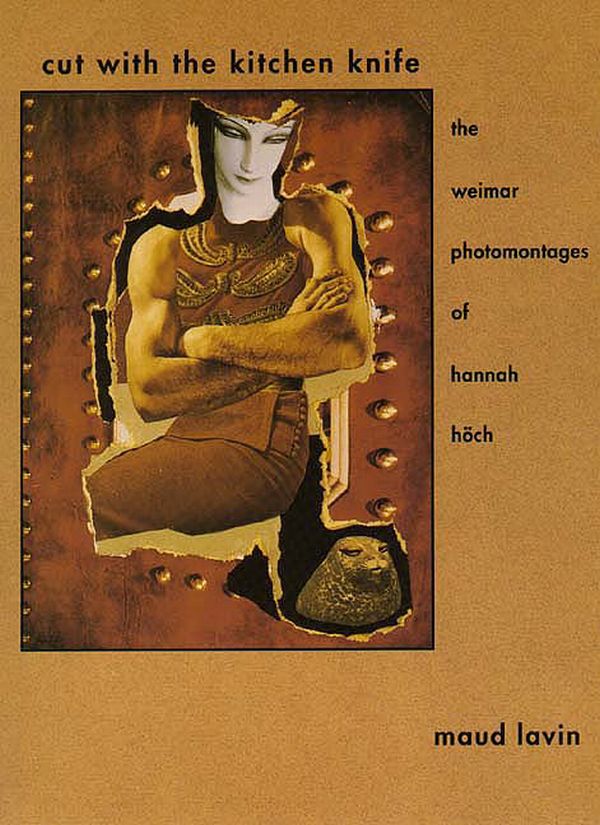Journal of Peer Production, 8: Feminism and (Un)Hacking (2016)
Filed under journal | Tags: · feminism, gender, hacker culture, hacking, maker culture, technology
 |
“This special issue of the journal shows a growing body of work that brings together feminism with hacking and making. The growth of internet technologies and the pervasion of computer culture into everyday life has prompted a renewed interrogation of the gender limits within these information technologies and digital media. From the shiny glass screens on our mobile devices to the sprawling campuses of technology corporations, gendered configurations of power within technoculture have become the focus of attention in popular culture, media, and academic scholarship.” (from the Introduction)
Edited by Shaowen Bardzell, Lilly Nguyen, and Sophie Toupin (a.k.a. SSL Nagbot)
Published March 2016
Open access
ISSN 2213-5316
Oz Magazine (1963-73)
Filed under magazine | Tags: · cartoon, censorship, counterculture, drugs, gender, hippies, humour, music criticism, politics, rock, satire, sexuality, underground


“Having outraged the Australian establishment with a satirical magazine called Oz, the editor and founder Richard Neville and artist and cartoonist Martin Sharp hightailed it to swinging London. They immersed themselves in the alternative culture of artists, activists, writers and musicians who operated underground of the mainstream.
This underground fuelled by the optimism and excitement of the time and financed largely by the rock aristocracy and dope dealing wanted to change the world. Richard Neville relaunched Oz magazine in the same satirical style as the Australian version, it was not long before L.S.D. altered minds and Oz exploded into a riot of colour and along with the already existing IT newspaper became a mouthpiece for the underground. Oz lasted for 48 issues from the start of 1967 to the end of 1973.” (Source)
“Oz was a focal point for many confrontations between progressive and conservative groups over a range of issues including the Vietnam War, drugs, the generation gap, censorship, sexuality, gender politics and rock music, and it was instrumental in bringing many of these concerns to wider public attention. Above all, it focused public attention on the issue of free speech in democratic society, and on how far short of the ideal Australian and English society actually was at that time.
Through both its lives, the two key figures in Oz were Neville and Sharp, but the ‘honour roll’ of Oz alumni includes many famous names like Robert Hughes, Richard Walsh, Germaine Greer, Jim Anderson, Felix Dennis and Charles Shaar Murray.” (Source)
Published in Sydney, 1963-69, and London, 1967-73
PDFs of Oz’s precursor, The Arty Wild Oat (2 issues, 1962)
PDFs of Sydney version (42 issues)
PDFs of London version (48 issues)
OZ & Yellow House Collections, gallery (1960s-70s)
Maud Lavin: Cut With the Kitchen Knife: The Weimar Photomontages of Hannah Höch (1993)
Filed under book | Tags: · art, art history, avant-garde, collage, dada, gender, mass media, montage, photomontage, weimar republic, women

“The women of Weimar Germany had an uneasy alliance with modernity: while they experienced cultural liberation after World War I, these “New Women” still faced restrictions in their earning power, political participation, and reproductive freedom. Images of women in newspapers, films, magazines, and fine art of the 1920s reflected their ambiguous social role, for the women who were pictured working in factories, wearing androgynous fashions, or enjoying urban nightlife seemed to be at once empowered and ornamental, both consumers and products of the new culture. In this book Maud Lavin investigates the multi-layered social construction of femininity in the mass culture of Weimar Germany, focusing on the intriguing photomontages of the avant-garde artist Hannah Höch.
Höch, a member of the Berlin Dada group, was recognized as one of the most innovative practitioners of photomontage. In such works as Dada-Ernst and Cut with the Kitchen Knife, she reconstructed the wonderfully seductive mass media images of the New Woman with their appeal intact but with their contours fractured in order to expose the contradictions of the new female stereotypes. Her photomontages exhibit a disturbing tension between pleasure and anger, confidence and anxiety. In Weimar—as today—says Lavin, the representation of women in the mass media took on a political meaning when it challenged the distribution of power in society. Höch’s work provides important evidence of the necessity for women to shape the production and reception of the images that redefine their role.”
Publisher Yale University Press, 1993
ISBN 0300047665, 9780300047660
xvii+260 pages
Reviews: Johanna Drucker (Art Journal 1993), Susan Sensemann (Design Issues 1994), Greil Marcus (2014).
PDF (assembled from scans on author’s Academia.edu page, 24 MB, no OCR)
Comment (0)
